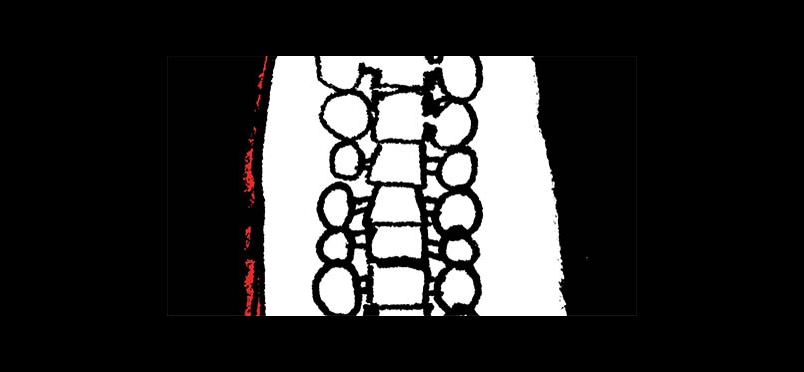| back pain
Abnormal Nerve Growth: The Root of Lower Back Pain

Overgrowth of Sensory Nerves in the Spine
Newswise — In experiments with genetically engineered and old mice, Johns Hopkins Medicine researchers say they have added to evidence that the vast majority of low back pain in people may be rooted in an overgrowth of pain-sensing nerves into spinal cartilaginous tissue.
An estimated 80% of people worldwide will experience low back pain in their lifetimes, sometimes owing to strain or injury. But the vast majority of low back pain, the researchers say, emerges in the absence of injury, especially in older age.
The new experiments were designed to investigate whether a painful overgrowth of sensory nerves into the cartilaginous endplates in the spine could be the root of these unexplained cases.
The findings, published Dec. 10 in Nature Communications, may eventually help develop new treatments that target abnormal nerve growth in the spine.
The spine can be characterized as a series of joints, each made up of a bony vertebrae, a spinal disc and a layer of soft tissue called cartilage endplates that cushion the vertebral bones to protect them from the weight of the body.
“The cartilage endplate is the cushion on a seat that makes it more comfortable. But, like similar tissue in knee and hip joints, it succumbs to wear and tear over time,” says Xu Cao, Ph.D., Lee Riley Professor of Orthopaedic Surgery and researcher in the Johns Hopkins Institute for Cell Engineering at the Johns Hopkins University School of Medicine.
Cao says he and his team have long suspected that age-related changes in the tissues that make up the spinal column provide fertile ground for abnormal nerve growth, making the normal load-bearing work of the spine painful.
To study this idea, Cao and his team analyzed samples of the bony end plates of vertebrae from mice aged more than 20 months, the human equivalent of about 70–80 years old. The researchers found that the soft, cartilaginous tissue in the mice’s spines became hardened and resembled diffuse bone with a Swiss cheese-like structure.
In previous studies...
For more information about low back pain, click here.
Read the full press release on Newswise.
Other Categories:
Did you enjoy this article?
Subscribe to the PAINWeek Newsletter
and get our latest articles and more direct to your inbox